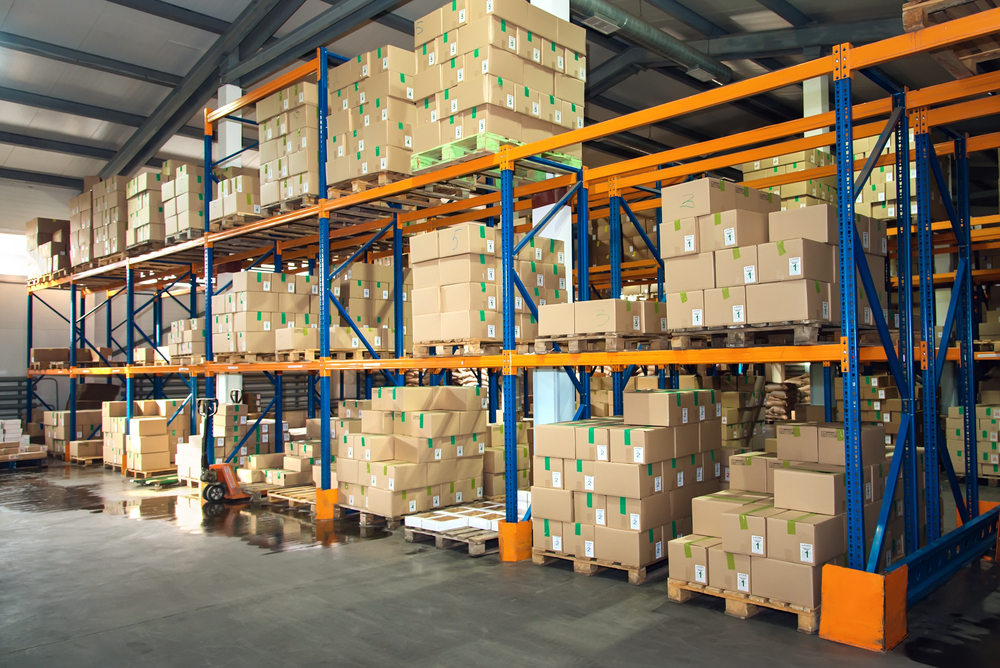Who hasn’t faced the gargantuan task of reorganizing a cluttered garage or attic? Now, amplify that feeling a hundred-fold, and imagine trying to organize a warehouse. As daunting as it sounds, the design and structuring of a warehouse can significantly impact its operational efficiency. But fret not, for as in many other fields, design solutions can make this task easier and more effective. What if there’s a miraculous tool that could automatically improve warehouse efficiency? It’s not magic, but it goes by the technical name of Drive-In Pallet Racking System. But what is it? How does it impact your warehouse operations? Can it really revolutionize your daily operations? Well, keep reading to discover the wonders of this tried and proven system that’s been taking the warehouse industry by storm.
The Magic Behind Drive-In Pallet Racking System
Drive-In Pallet Racking System, often known as Drive-In Racks, are innovative storage solutions offering maximum space utilization and operational ease. They work based on the last-in-first-out (LIFO) principle, where forklifts drive into the racks from one side to store or retrieve pallets. This system primarily reigns supreme in warehouses that require large storage for the same SKUs.
There are always valuable reasons why innovations survive and become industry standards. In the case of Drive-In Racks, it’s their space-saving advantage, efficient SKU management, and increased safety levels. With these racks, companies can reduce the amount of aisle space needed, allowing for more room to store products. They also conveniently handle high-volume SKUs and safeguard pallets from damage.
Implementing Drive-In Racking System: The Pros
Adequate warehouse storage is more than just having space; it’s about maximizing it. Drive-In Racks offer improved capacity utilization, storing up to 75% more pallets compared to conventional racking systems. Compactness is their primary selling point, as warehouses can use all vertical and depth spaces.
These racking systems also offer operational efficiency by minimizing the need for individual aisles. This aspect translates to less time spent navigating the warehouse and more time delivering or retrieving products. With inbound and outbound deliveries optimized, companies can realize significant cost and time savings.
Considerations and Caveats: The Cons
Every design solution comes with specific challenges, and Drive-In Racks are no exception. One of the commonly cited downsides is their limitation to operating on the LIFO principle. This system creates a challenge in industries where the First-In-First-Out (FIFO) workflow is mandatory.
Another potential drawback is that the forklift drivers need specialized training to operate within these systems. Ensuring these operators’ skills and precision forms an additional cost and time factor to be considered.
Application and Suitability: Who and Where?

Given the specificity of the system, the Drive-In Racking System suits certain industries more effortlessly. Industries with large batches of the same SKU, perishable goods where aging isn’t a concern, and companies with seasonal products find this system highly beneficial. Common users include frozen food companies, bulk goods suppliers, wholesale clubs, and general warehouses.
Inception and Evolution: A Glimpse Into History
The introduction of the Drive-In Racking System marked a significant step forward in warehouse management. Originating in the 1960s, these systems grew in demand with the rise in warehouse and industrial expansion. Seriously, who’d refuse a solution that promises increased storage and efficient operations?
Looking Ahead: The Future Prospects
With the continuous growth in e-commerce and bulk goods management, the need for efficient warehouse systems has never been greater. The Drive-In Racking System shows significant potential in becoming an even more integral part of warehouse operations, offering promising prospects for automation and adaptability for different verticals.
Concluding Views: Drive-In Pallet Racking Systems – A Game Changer?
In essence, the Drive-In Pallet Racking System is seemingly an underrated hero – a design marvel that simplifies warehouse operations and optimizes storage. However, it’s necessity to weigh up the pros and cons before committing to an organizational change of this magnitude. As we step into an era marked by efficiency, such systems carry the potential to propel businesses forward, offering competitive advantage with smarter, more efficient warehousing. So, is it a game-changer? The ever-growing usage and demand for this system in the warehouse industry suggest a resounding yes, but as always, the decision lies in your court, in the context of your specific needs and constraints.

